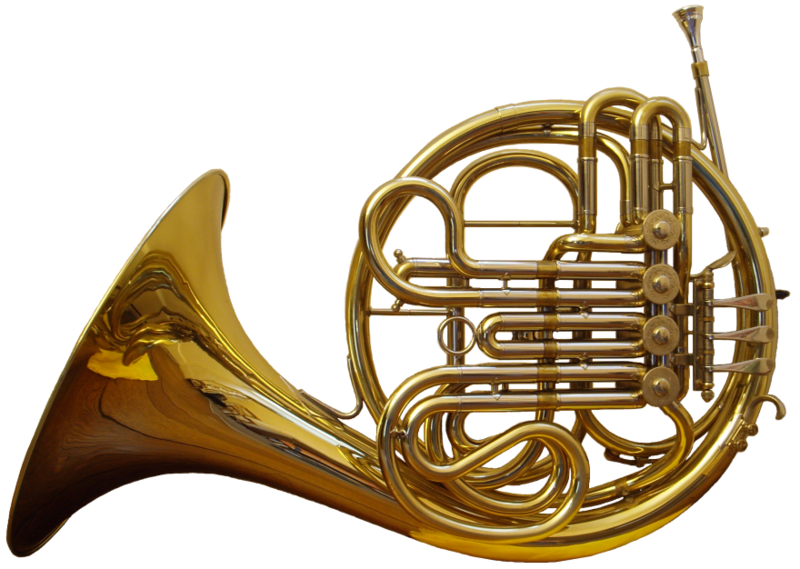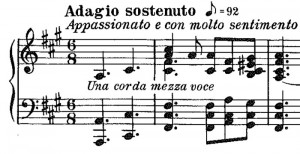 For pianists and string players, especially, the name Henle stands for reliable Urtext editions of their classical repertoires – since the publishing-house founder Günter Henle was himself a pianist, the publishing house also focussed in the early years on that particular literature. Yet in the meantime the wind instruments have likewise become firmly established in our catalogue. Continue reading
For pianists and string players, especially, the name Henle stands for reliable Urtext editions of their classical repertoires – since the publishing-house founder Günter Henle was himself a pianist, the publishing house also focussed in the early years on that particular literature. Yet in the meantime the wind instruments have likewise become firmly established in our catalogue. Continue reading
Search
Subscribe2
-
Recent Posts
Tags
accidentals arrangements autograph Bach Bartók Beethoven Brahms Carnival Chopin Christmas clarinet Debussy Double bass Dvorak Fauré fingering first edition genesis Haydn Hoffmeister horn instrumentation Liszt Mendelssohn Mozart notation piano piano concerto piano sonata Rachmaninoff Ravel revision Saint-Saëns Satie Schubert Schumann string quartet urtext variant reading variants variations versions viola Violin Concerto Violin Sonata


